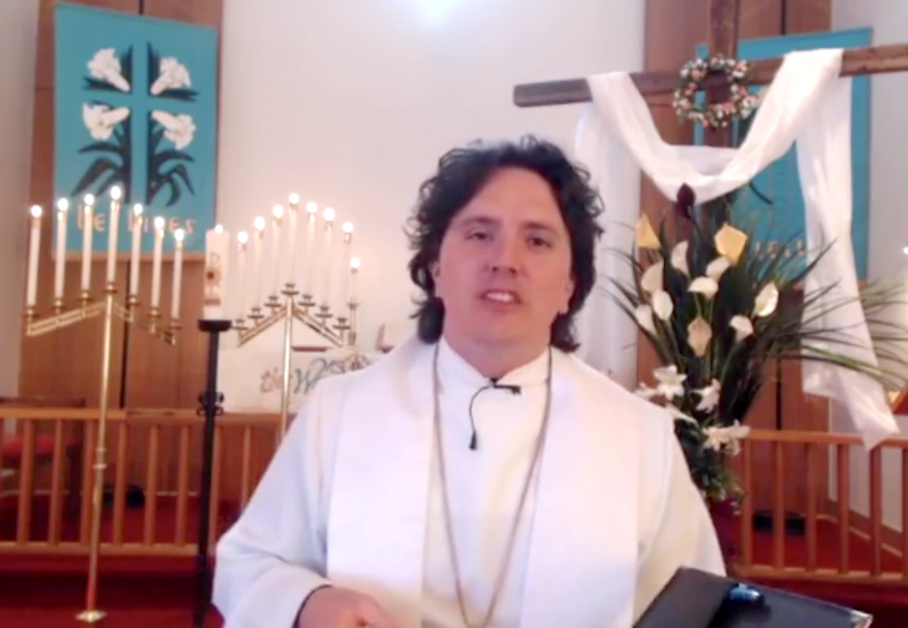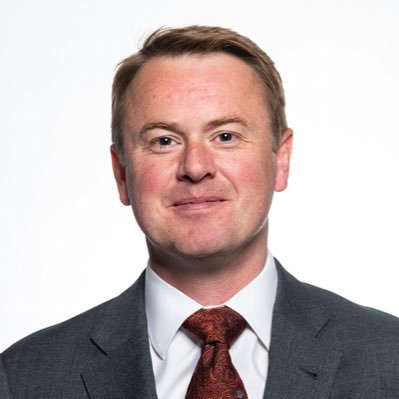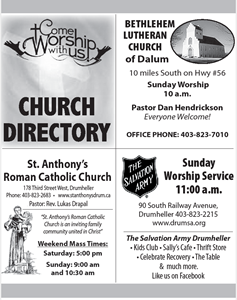
Throughout the COVID-19 pandemic, for some spirituality is helping them cope and local churches are finding ways to reach its congregations.
Father Lukas Drapel at St. Anthony’s Church in Drumheller says he has been reaching out to his congregation by calling them individually. He says so far it appears many that he has reached out to have been fairing the uncertain time quite well.
Technology has changed the landscape of communications, and some are able to take enmasse in various ways, online or through other technology.
“There are parishes in Calgary who have been live streaming masses, so people have been taking advantage of that,” he said. “We keep our website updated with what is happening at the diocese level, so we are keeping people informed.”
He says prayer is important.
“We continue to pray for the welfare and health of people and those on the frontlines. We are also praying for people to get closer to our Lord,” he said.
Pastor Scott Gamble of Grace Lutheran Church is reaching out to his congregants online, and began broadcasting mass via Facebook live.
“The response has been phenomenal. We started on March 15,
we just set it up with an iPhone in an empty church and it was my head on the screen and had most of our people able to access it,” said Gamble. “The surprise was that hundreds of others reached it as well. I think the first service had 500 or 600 people view it. Our Easter service, which we put a lot of time and effort into, had over 1,000.”
“We had people reaching out saying what a comfort the message has been, now more than ever, people are looking for a word of comfort, for some sort of understanding in the midst of the situation.”
He says they are also phoning around to their members, and are encouraging people to volunteer to help others.
“Early on we said ‘let’s do all we can to help people,” and then realizing there is actually not a lot to do, but the small things are so meaningful, and in those small gestures you really see the caring compassion of our community,” said Gamble.
He said the Drumheller Christian Ministerial also got together and created a Facebook page. They are offering twice a week devotions.
“We wanted to put out a reflection to help people process what’s out there and offer a word of comfort,” said Gamble.
















